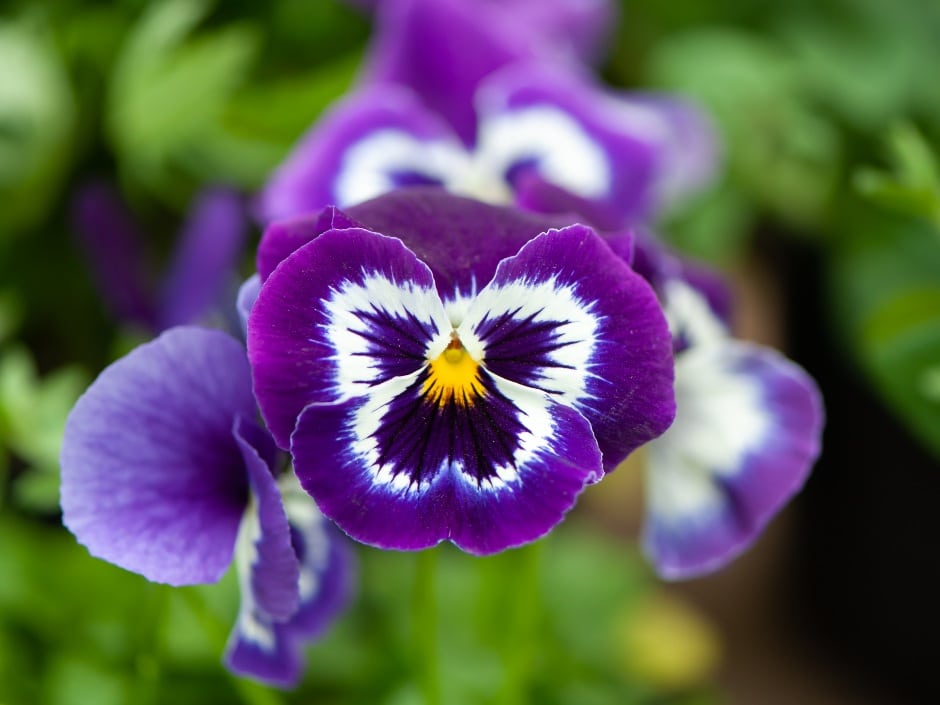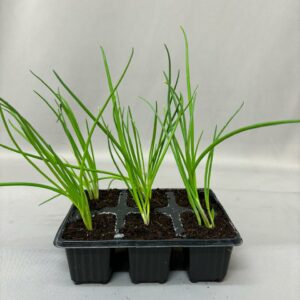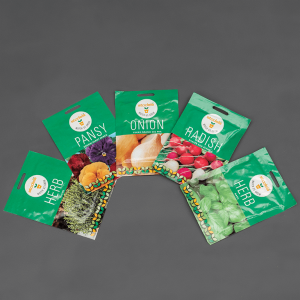V for viola: the benefits of violas, a winter g...
Flowering plants

When it comes to adding charm and colour to your garden, few plants can match the versatility and beauty of happy-faced violas.
These delicate blooms, often mistaken for pansies because of their similar appearance, come with a range of obvious and unexpected benefits that make them a delightful addition to any garden.
Avid gardener or just starting out? Read on to find out why you should consider planting violas.
Vibrant colours for every season
There’s a reason violas are a go-to for edging and borders to add colour to pathways in gardens. They’re renowned for their wide range of vibrant colours; we’re talking a kaleidoscope of rich purples, blues, cheerful yellows and whites.
In our diverse climate, violas thrive throughout the year, providing a burst of colour during the cooler and warmer months.
Their blooms are not only eye-catching, but also attract pollinators like our buzzing bee friends and butterflies, contributing to a dynamic ecosystem right in your own backyard.
Ideal for containers and borders
One of the greatest advantages of violas is their versatility in garden design.
Experiment with different placements by planting yours in containers, hanging baskets or directly in garden beds and borders.
Their compact size makes them perfect for edging pathways or lining flowerbeds, adding a neat and charming aesthetic to your outdoor space. Let the compliments roll in!
Oh-so easy to grow
Violas demand minimal maintenance and are generally hardy plants that can withstand various weather conditions. These babies may be pretty, but they’re tough, too.
They prefer partial shade, but can also thrive in full sun, making them adaptable to different areas of your garden. Regular deadheading of spent blooms encourages continuous flowering, ensuring a prolonged display of colour throughout the seasons.
Budding buddies
Violas play nice with other plants in your garden, and can be combined with a wide range of other flowers and herbs.
They complement taller plants beautifully (think roses and snapdragons), adding a lower layer of colour and texture to your garden beds.
Violas can also attract beneficial insects that help with pollination and pest control, promoting a healthier overall garden ecosystem.
Plant to plate
Beyond their ornamental value, violas are also edible flowers that can be used to add a stunning and unexpected pop of colour as a garnish on salads, desserts and beverages.
Their delicate petals add a mild, slightly sweet flavour to dishes, making them a favourite among chefs and home cooks alike.
Ready to experiment with some pretty pops of purple and yellow in your next dish? Gently pluck a few flowers from your viola plant and delicately place them on your finished salad or dessert for those complimentary ‘oohs’ and ‘aahs’.
Year-round viola vibrance
We are so fortunate to enjoy a variety of violas that bloom at different times of the year.
Winter-flowering violas, such as Viola cornuta varieties, bring cheer to the garden during the colder months when fewer plants are in bloom. Looking for more flowers to brighten up your winter garden? Here are our top picks.
Spring and summer varieties offer an array of colours and patterns, allowing you to create ever-changing displays that reflect the seasons.
Promote biodiversity and sustainability
Choosing native or locally adapted varieties of violas reduces the need for excessive watering and chemical inputs, promoting ecological balance and conservation of resources.
Whether you plant yours in containers on a sunny patio or integrate them into a larger garden scheme, violas bring versatility, charm and a splash of colour throughout the seasons.
Pick up a punnet (or few) at your local Stodels garden centre and make these feel right at home in your garden.
You might also like
Shop online
-
HEALTH FIT 32 2KG
- R422.99
- Add to cart Learn More
-
TERRACOTTA PLANTER PETUNIA
- R599.99 – R899.99
- Select options This product has multiple variants. The options may be chosen on the product page Learn More
-
Assorted Stodels Seeds
- R21.99
- Select options This product has multiple variants. The options may be chosen on the product page Learn More




